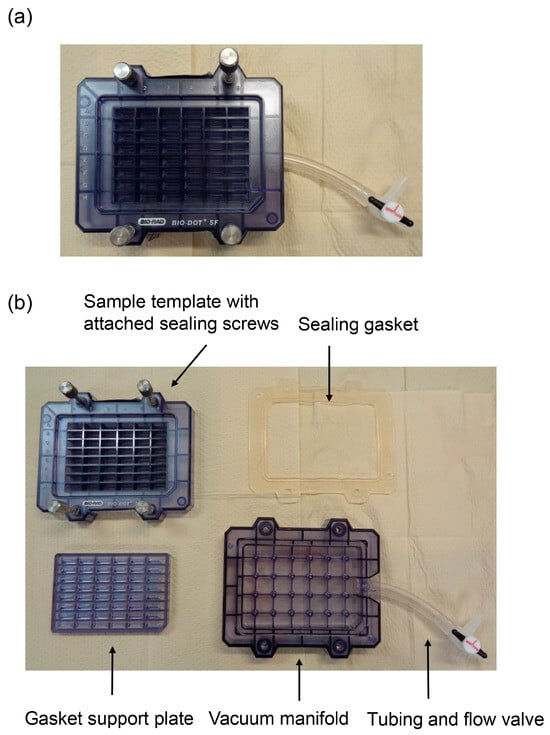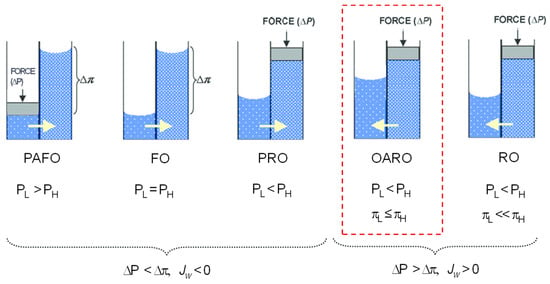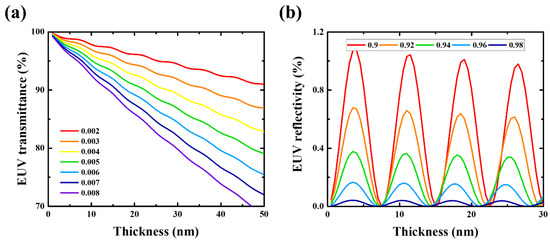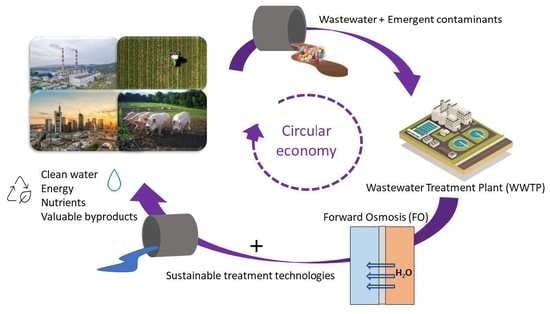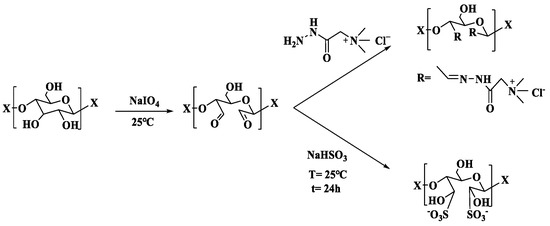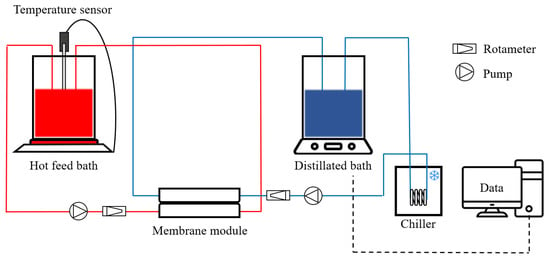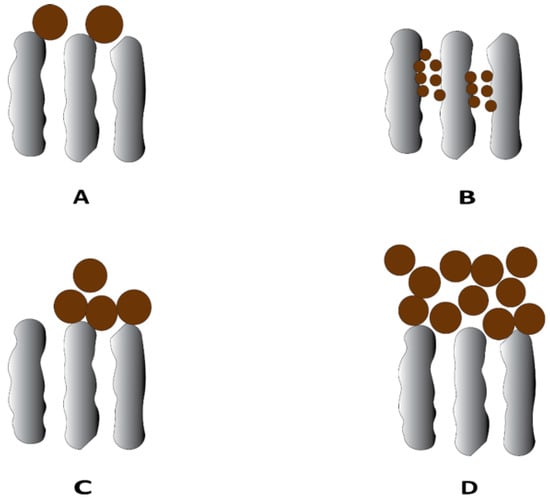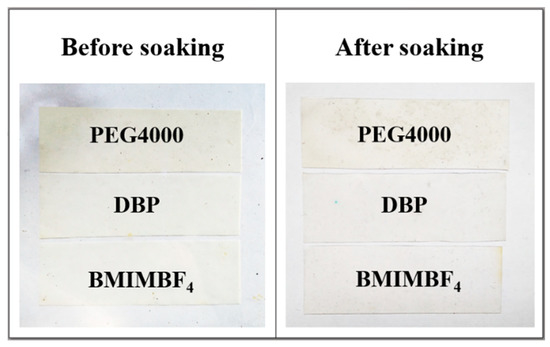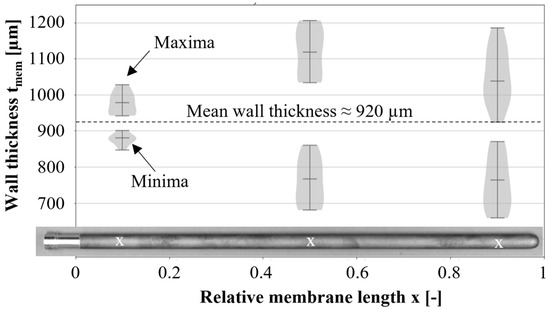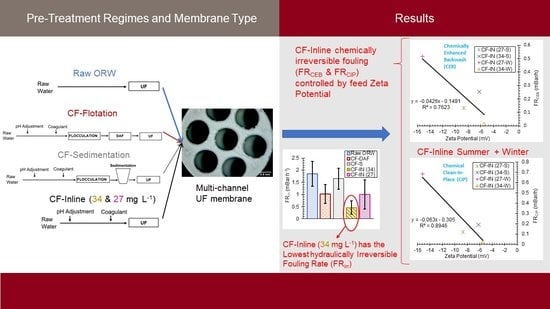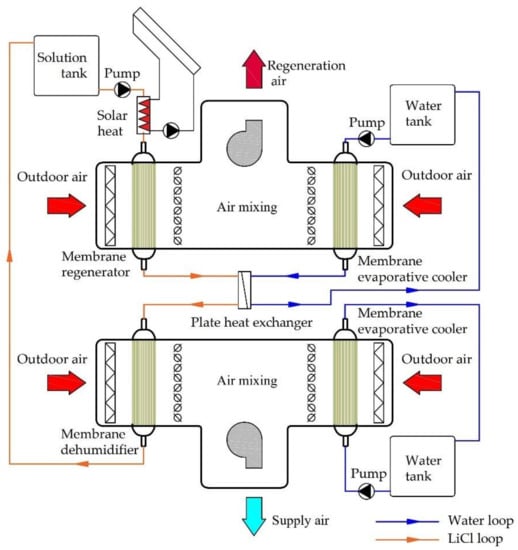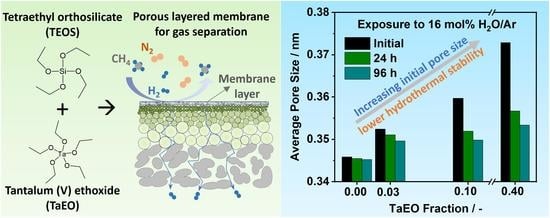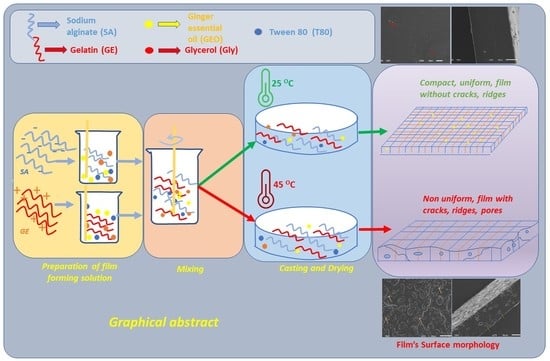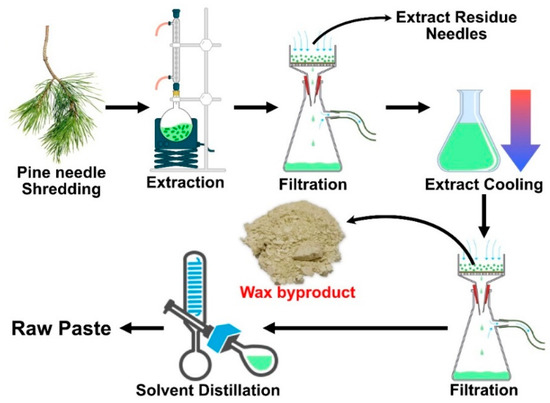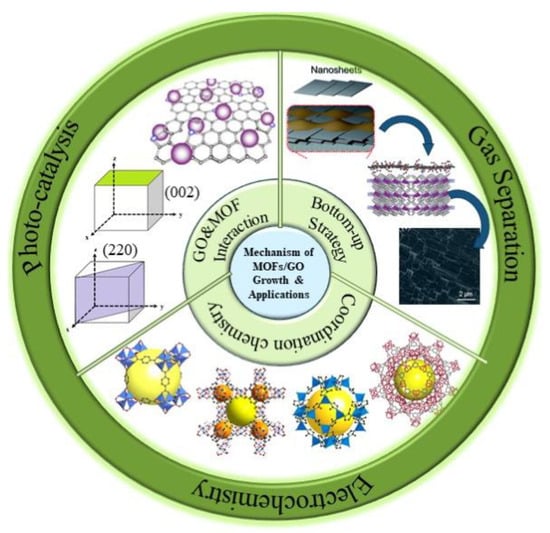Feature Papers in Membrane Engineering and Applications
A topical collection in Membranes (ISSN 2077-0375). This collection belongs to the section "Membrane Applications".
Viewed by 26036Editors
Interests: polymers; polymer crystallization; nanocomposites; synchrotron x-ray scattering; nanofiber; nanocellulose; membrane; water purification
Special Issues, Collections and Topics in MDPI journals
Interests: nanocarbon materials; metal oxides; polymer electrolyte membrane; energy storage and conversion; supercapacitors; fuel cells; batteries
Special Issues, Collections and Topics in MDPI journals
Interests: microplastics controlling; water and wastewater treatment; desalination; membrane process
Special Issues, Collections and Topics in MDPI journals
Interests: membrane separation processes; membrane chromatography; mixed matrix membranes; protein purification; bioseparations; ultrafiltration; membrane bioreactors
Special Issues, Collections and Topics in MDPI journals
Interests: biopolymers; cellulose; nanocellulose; water purification; bio reactor
Special Issues, Collections and Topics in MDPI journals
Topical Collection Information
Dear Colleagues,
It is our pleasure to announce the launch of a new Topical Collection in the Section “Membranes in Separation Technology” of the journal Membranes, on the topic of “Feature Papers in Membrane Engineering and Applications”. The Topical Collection is open to submissions (research articles, short communications, and review articles) on membrane engineering, including membranes synthesis, characterization, and applications, and in particular:
- Membranes for gas separation;
- Membranes for liquid separation;
- Membranes for water filtration (microfiltration, ultrafiltration, nanofiltration, reverse osmosis, and forward osmosis);
- Membranes for energy (fuel cells and battery);
- Membranes for bioreactor;
Membrane bioseparations; - Membranes for pervaporation;
- Membrane distillation and crystallization;
- Organic–inorganic composite membranes;
- Metal–organic framework membranes;
- Inorganic porous membranes;
- Hydrogen permeable metal membranes;
- Novel membrane systems and processes;
- Membrane reactors for process intensification;
- Membrane processes for water treatments;
- Membrane processes for chemical processes.
Prof. Dr. Benjamin S. Hsiao
Dr. Francesco Lufrano
Prof. Dr. Sanghyun Jeong
Prof. Dr. Cristiana Boi
Dr. Priyanka Sharma
Collection Editors
Manuscript Submission Information
Manuscripts should be submitted online at www.mdpi.com by registering and logging in to this website. Once you are registered, click here to go to the submission form. Manuscripts can be submitted until the deadline. All submissions that pass pre-check are peer-reviewed. Accepted papers will be published continuously in the journal (as soon as accepted) and will be listed together on the collection website. Research articles, review articles as well as short communications are invited. For planned papers, a title and short abstract (about 100 words) can be sent to the Editorial Office for announcement on this website.
Submitted manuscripts should not have been published previously, nor be under consideration for publication elsewhere (except conference proceedings papers). All manuscripts are thoroughly refereed through a single-blind peer-review process. A guide for authors and other relevant information for submission of manuscripts is available on the Instructions for Authors page. Membranes is an international peer-reviewed open access monthly journal published by MDPI.
Please visit the Instructions for Authors page before submitting a manuscript. The Article Processing Charge (APC) for publication in this open access journal is 2700 CHF (Swiss Francs). Submitted papers should be well formatted and use good English. Authors may use MDPI's English editing service prior to publication or during author revisions.
Keywords
- membranes for gas separation
- membranes for liquid separation
- membranes for water filtration (microfiltration, ultrafiltration, nanofiltration, reverse osmosis, and forward osmosis)
- membranes for energy (fuel cells and battery)
- membranes for bioreactor
- membrane bioseparations
- membranes for pervaporation
- membrane distillation and crystallization
- organic–inorganic composite membranes
- metal–organic framework membranes
- inorganic porous membranes
- hydrogen permeable metal membranes
- novel membrane systems and processes
- membrane reactors for process intensification
- membrane processes for water treatments
- membrane processes for chemical processes










